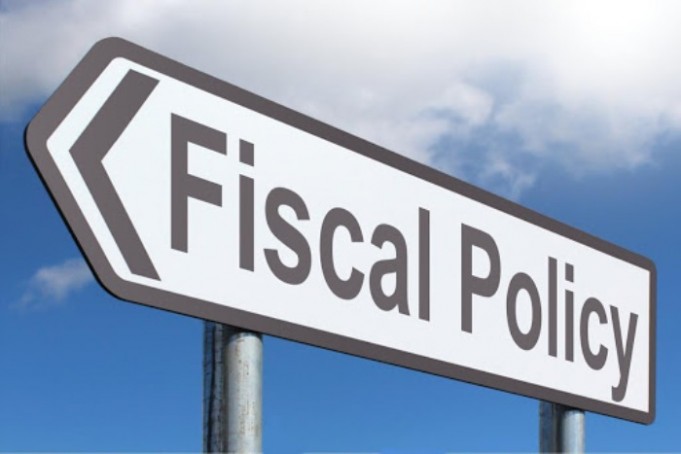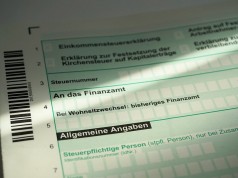Introduction on Fiscal and Monetary Policy
Fiscal policy and monetary policy are two important aspects that impact the national economy. They support and regulate the economy which is accessible by the government. The Central Bank manages the monetary policy. It addresses interest rates and the supply of money circulation. The primary objective is to manage the interest rates and the total supply of money.
On the other hand, fiscal policy deals with taxation and government spending. In countries like the USA. Fiscal policy is determined by the executive and legislative branches. Have a look into the difference between the fiscal and monetary policy in a broader way:
Monetary Policy
Central Banks use monetary policy for many key aspects. It is to regulate the economy or to keep track of its growth. By encouraging individuals or businesses to lend or spend money, the monetary policy focuses to promote the economy. In the same way, it works for the opposite as well. It can restrict the ending and savings of individuals and businesses to create a stop on inflation, in case of a breakdown in the economy. As compared to fiscal, it is a bit complex to understand and implement. It doesn’t have any periodical change rather, the economy influences the change whenever needed. The primary focus is to stabilize the economy of the country.
Monetary policy doesn’t have any political influence, since Central Bank controls it and is free from all political support. Cash reserve ratios, the repo rate, interest rate, etc are some important tools used to stimulate the monetary policy. It has less impact on the real economy, since it is considered a blunt tool in regulating the money which impacts the growth.
Fiscal Policy
This basically targets the level of expenditure, distribution of expenditure, and economic activity. Two tools that impact fiscal policy are the government spending policy and the government tax policy. If the business activity in the economy is less, the government applies stimulus spending. Stimulus spending refers to the increase in the amount of money. Additionally, if the government doesn’t have enough to repay the tax receipts for the spending, the loan money from government bonds is used to compensate for the debts. This is called deficit spending. The primary focus is the development of the economy and it works on government spending and collections. It does have a political influence as they are not fully regulated by the Central Banks. As compared to the fiscal policy they are less complex.
The government can slow business activities and pull money by increasing taxes. Fiscal policy is implemented whenever the government wants to regulate or stimulate the economy. An increase in taxes may be cumbersome, but it helps in the economic growth of the nation.
Conclusion:
The fiscal policy and the monetary policy both are two important aspects of the growth and development of nations’ economies. Although, they come with certain demerits. The Fiscal policy regulates the county by collections and expenditures. In case it fails it will affect the monetary policy. Monetary policy doesn’t have any influence, and the primary objective is to reduce unemployment and regulate the inflation rate. Both are equally responsible for the nation’s development.









